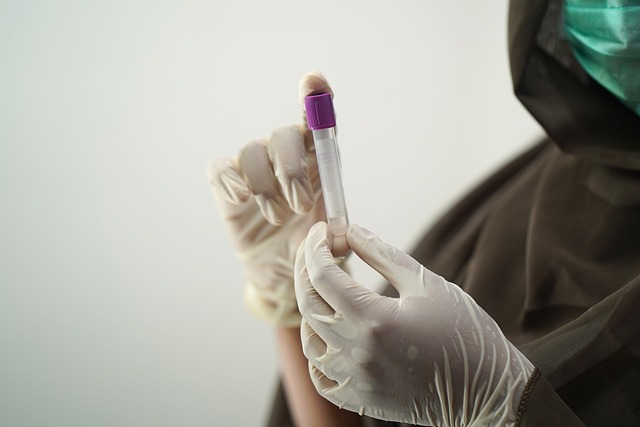The healthcare landscape is undergoing a seismic shift, thanks to the convergence of technological and health innovations. One of the most fascinating developments is the rise of robotic blood collection systems, which are reimagining how we approach this critical aspect of medical diagnostics and patient care.
Technological innovations in robotics have paved the way for machines that can perform tasks with remarkable efficiency and precision. In the context of blood collection, these advanced systems are designed with the dual purpose of enhancing the patient experience and minimizing the error rates associated with traditional methods. Imagine walking into a clinic where a sophisticated robotic arm greets you. It utilizes advanced imaging and sensory technologies to identify suitable veins, ensuring a less painful and more accurate procedure.
Health innovations are not just about the latest gadgets; they focus on improving patient outcomes. The use of robotic blood collection mechanisms offers several advantages, such as reduced wait times and lower risk of infection. In typical scenarios where human error can lead to complications, robotic systems operate with an unprecedented level of consistency, offering a new layer of security to patients who may fear the traditional needle approach.
Moreover, the advent of robotic systems also indicates a larger trend where automation in healthcare assists medical professionals rather than replaces them. Although robots handle the mechanical aspect of blood collection, trained healthcare workers benefit from freeing their hands to focus on patient care and other critical duties like monitoring vital signs and patient comfort. This synergy between human compassion and robotic efficiency is the future many are rallying around.
As we consider the implications of robotic blood collection, the ethical considerations surrounding these innovations become crucial. Patients need reassurance that their health data remains secure and that personalized care is still at the foundation of their treatment. Transparency about how these systems work, including patient involvement in the decision-making process, will foster a sense of trust in robotic innovations.
In the race against diseases and health issues that afflict millions, exploring the use of robotics in blood collection is merely the first step. With the integration of artificial intelligence, we could soon witness systems that learn from each interaction, continually optimizing the blood collection process while adapting to the unique physiology of each patient. This extrapolation into the future highlights an essential truth: the synergy of technology and healthcare is more than a trend; it’s a revolution that redefines patient engagement and health outcomes.
As we continue to witness advancements in robotic technologies, questions about accessibility and cost become paramount. Will these innovations be available to all communities, or will they primarily benefit those in affluent areas? It is vital that as we embrace the potential of robotic blood collection, we also consider its implications on equity within healthcare systems.
The rise of robotic blood collection epitomizes a broader movement towards a more automated, efficient, and patient-centered approach in healthcare. As innovations unfold, both in technology and within the realm of health, we stand at the precipice of change, one that promises a future where healthcare is not just a service but a seamless experience. Each advance, each robotic arm, and each drop of blood collected moves us closer to a healthier tomorrow for everyone.




